ESHE Elections
This year in Paris we will have an election for the the regular board members. The election takes place at the meetings. You must be a member to vote. What follows is a list of the candidates with their statements.
To see the list of the officers and regular board members past and present, see About Us.
Regular Board Candidates
Amélie Beaudet
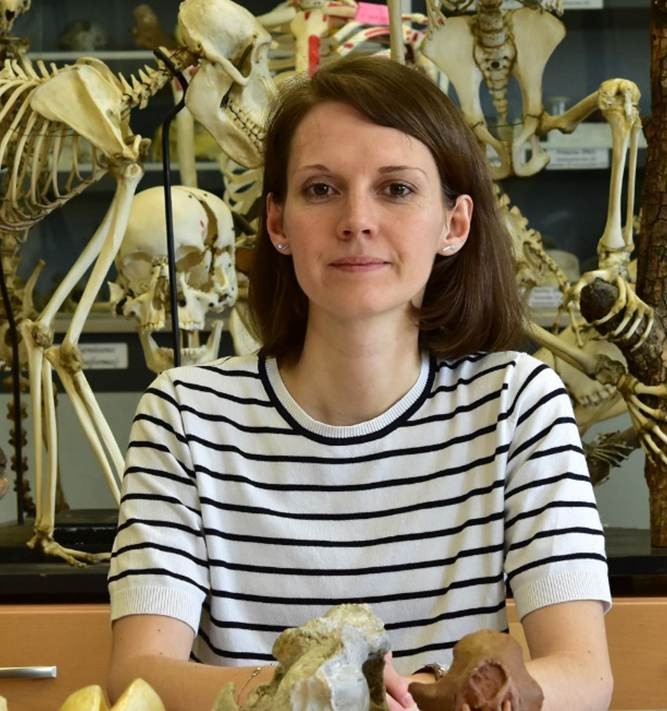
I am a paleoanthropologist and CNRS junior professor at PALEVOPRIM in Poitiers (France). I began my research on the African fossil record during my PhD at the University of Toulouse (France) in 2012. In 2016, during my first postdoctoral contract at the University of Pretoria (South Africa), I developed a particular interest in the evolution of the hominin brain. I then joined the University of the Witwatersrand (South Africa) in 2017 as a postdoctoral researcher to study the fossil hominin assemblage from the ‘Cradle of Humankind’, and I have been a member of the Sterkfontein research team ever since. In 2020, I moved to Cambridge (UK) where I lectured and continued my research on human evolution as an assistant professor before being recruited by the CNRS.
Since 2020, I have been coordinating various projects that aim to map the brain of fossil hominins through a combination of imaging techniques, 3D modelling software and mathematical tools for neuroscience (EndoMap, CoEvol, BrAIn), while pursuing my research on the paleobiology of southern African Australopithecus (LHOSA; www.ameliebeaudet.com).
I attended my first ESHE meeting in 2012 as a master student, and I have contributed to nearly every annual meeting since, either as an author, co-author or attendee. I have been an active member since 2016, and I was elected as a regular board member in 2021 and 2023. In this role, I have assisted with the organisation of the annual meetings (e.g., reviewing abstracts, organising prize competition, chairing sessions) and I have been involved in efforts to promote and improve inclusivity at ESHE meetings, more particularly by applying for funding (i.e., Wenner-Gren) to provide childcare and financial support for student contributors. I would be honoured and thrilled to serve a third term as a regular board member.
Tamara Dogandzic
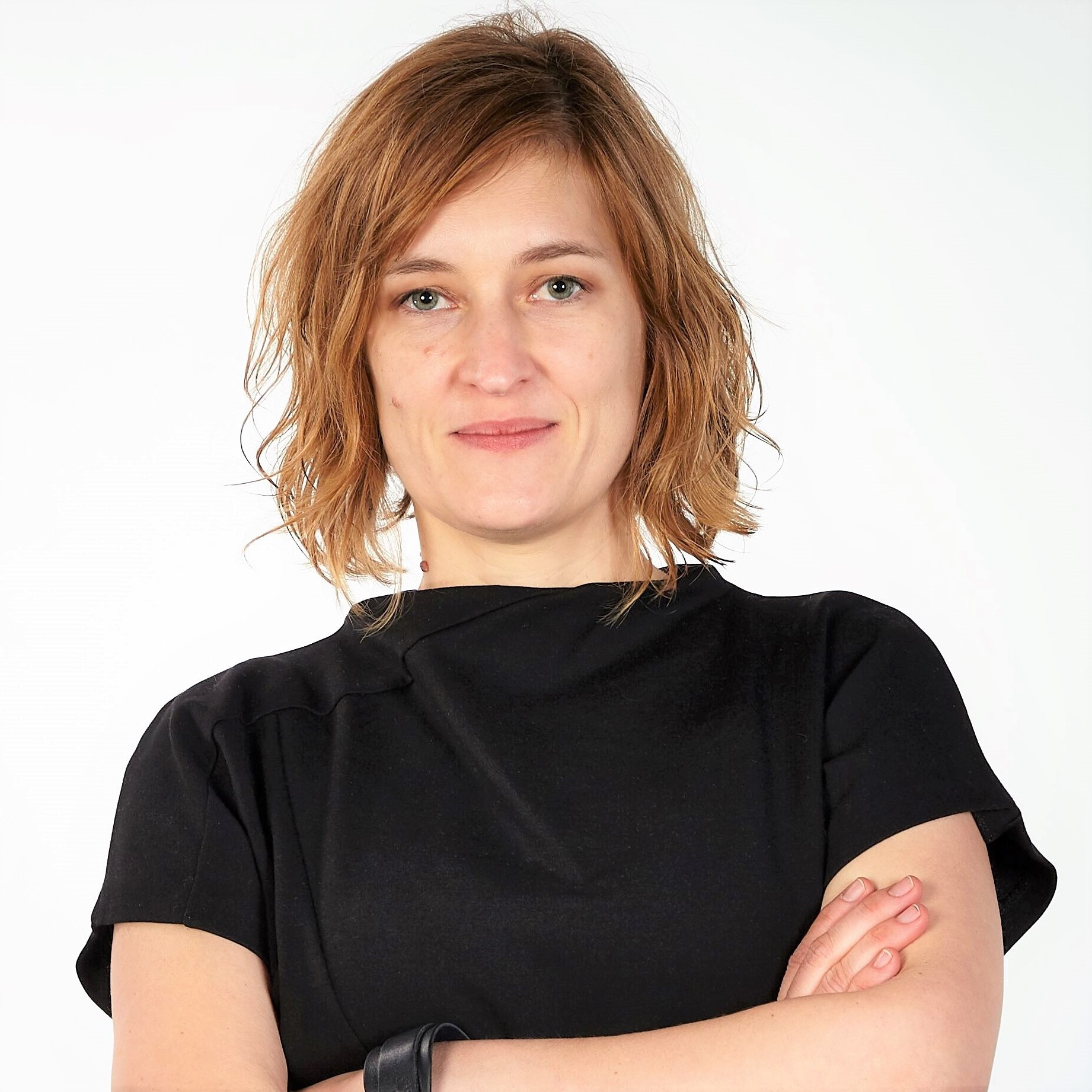
My name is Tamara Dogandzic, and I am a Palaeolithic archaeologist at Leibniz- Zentrum für Archäeologie (MONREPOS Archaeological Research Centre and Museum for Human Behavioural Evolution in Neuwied, Germany). In my research, I focus on investigating the wider context of human behaviour and adaptations through lithic technology during the Middle and Upper Palaeolithic. I am also a field archaeologist and have been conducting excavations in Pleistocene Archaeology for many years, primarily in the Balkans, but also actively contributed to projects in France, Asia, and Africa.
As a current ESHE board member, I have enjoyed the opportunity to contribute to society’s operations—from organizing annual meetings and ensuring smooth preparations to supporting key initiatives like student prizes. I am eager to continue working with the board and the membership in this role.
I remain committed to supporting open communication between the membership and the board, ensuring that members’ concerns and ideas are heard and incorporated into decision-making. I would like to contribute to initiatives that engage members throughout the year, with particular focus on connecting across career stages and research areas. One of ESHE’s strengths is its integration of diverse fields and disciplines, and I am particularly committed to maintaining this diversity and encouraging balanced representation and integration across the society’s community, as well as promoting efforts to broaden the society’s geographical reach and inclusivity.
My involvement and contributions to the professional community are evident through my role as a Diversity Officer at the Leibniz-Zentrum für Archäologie. Alongside this, my experience in coordinating international research teams in field projects has further strengthened my commitment to inclusive practices and collaboration, which I bring to my work on the ESHE board. I look forward to continuing my contributions to ESHE’s functioning and development.
Armando Falcucci
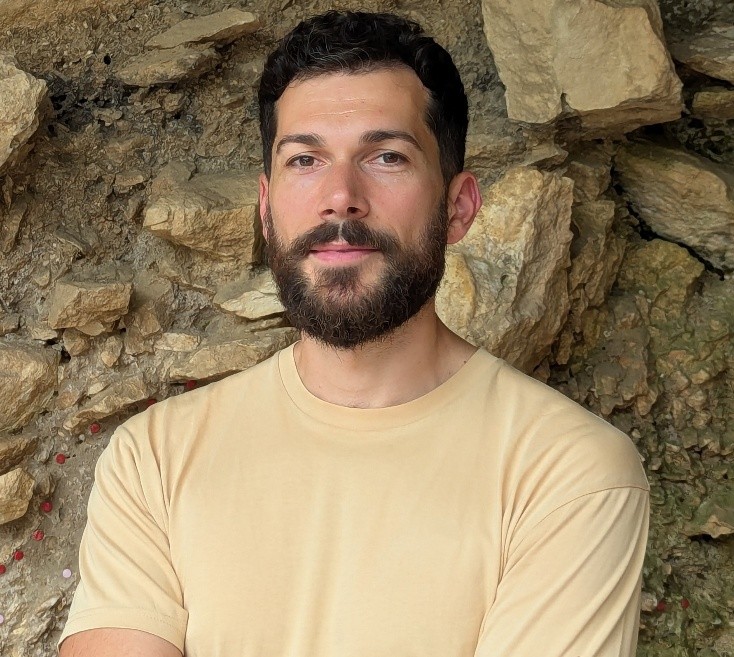
I am a Paleolithic archaeologist specializing in the Middle-to-Upper Paleolithic transition across Mediterranean Europe and the Levant (www.armandofalcucci.com). My research combines traditional lithic analysis with advanced 3D methodologies to investigate early Homo sapiens dispersals, cultural transmission processes, and human resilience in the face of abrupt environmental changes, including volcanic events. I am particularly interested in how material culture reflects adaptive strategies and demographic dynamics in past populations.
I began my research career studying cultural variability in MIS 3 southern Europe during my PhD (2019) and subsequently expanded this work through comparative studies of the Levantine and Mediterranean archaeological record, supported by a DFG-funded project at the University of Tübingen, where I served as Principal Investigator from 2020 to 2025. Beginning this September, I will undertake a Marie Skłodowska-Curie Global Fellowship in collaboration with New York University and ICArEHB (University of Algarve), exploring demographic coalescence and fragmentation patterns in MIS 3 southern Africa.
I have been a long-standing and active member of ESHE and have consistently participated in annual meetings since 2016. Through these interactions, I have developed a deep appreciation for the Society’s commitment to interdisciplinary collaboration and fostering connections between researchers across regions and career stages.
As a board member, I aim to strengthen the visibility and societal relevance of human evolutionary research, promote responsible science communication, and contribute to initiatives countering the growing influence of disinformation and pseudoarchaeology. I am committed to supporting inclusivity within the Society and facilitating collaboration across disciplines and geographical regions. I would be honored to contribute to ESHE’s efforts in advancing rigorous, inclusive, and impactful research on human evolution.
Sarah Friedline
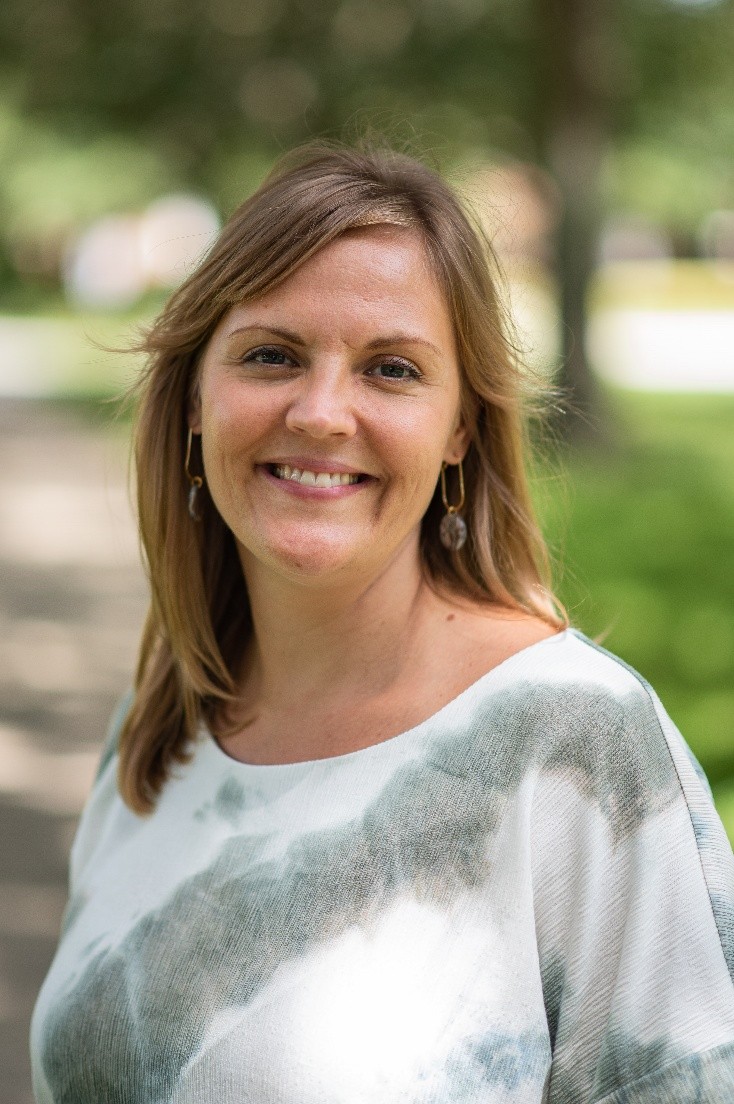
I am a paleoanthropologist specialising in evolutionary morphology and the origin of our species. My research focuses on the evolution and development of human craniofacial morphology in fossil species ranging from Homo erectus to H. neanderthalensis and H. sapiens. I use three-dimensional imaging techniques and shape analysis (geometric morphometrics) to virtually reconstruct fossil material and to quantify variation in the skull through time, across species and during growth. I also apply bone histology methods to explore facial growth patterns.
I received my PhD in 2012 jointly from the City University of New York (CUNY) and the Max Planck Institute for Evolutionary Anthropology (MPI-EVA) in Leipzig, and following my PhD, I did a post-doc at the MPI-EVA. Currently, I am an Assistant Professor in Biological Anthropology at the University of Central Florida and an Associate Researcher in the Department of Human Origins MPI-EVA.
I have been a member of ESHE since 2012, and I am enthusiastic to serve a more active role as a board member. As a board member, I will be committed to assisting students, early-career scientists, and women in the field. Furthermore, as an overseas member, I hope to stimulate scientific communication and collaboration between Europe and North America.
Philipp Gunz
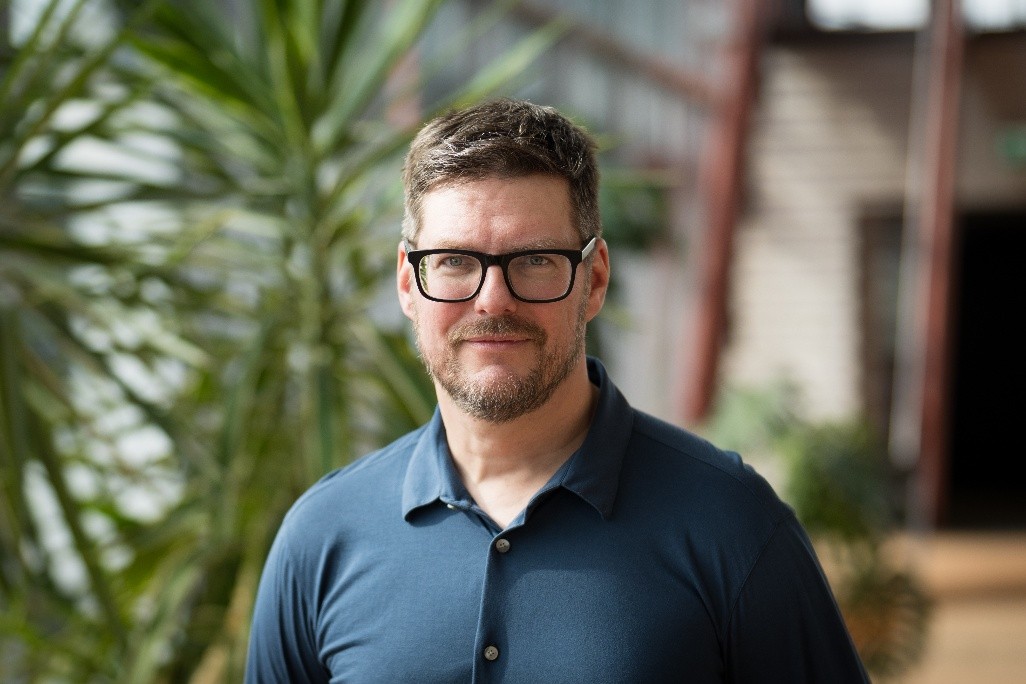
I am a paleoanthropologist with a Ph.D. from the University of Vienna (2005), working as a group leader in the Department of Human Origins at the Max Planck Institute for Evolutionary Anthropology in Leipzig. The main theme of my research is to understand how evolutionary changes in development shape organisms. I study the growth patterns and morphology of humans, their fossil ancestors and primate relatives.
I specialize in the virtual reconstruction of fossils and the statistical analysis of shape using a set of methods called geometric morphometrics. My publications explore different aspects of ontogenetic and phylogenetic shape change - the evolution and development of the braincase and its endocast, the evolution of the face, as well as subtle shape differences in teeth and the bony labyrinth. My group's research takes an interdisciplinary approach, bringing together the analysis of fossil skulls, ancient genomes, brain imaging and gene expression.
As a founding member, I have taken on administrative responsibilities and have been an integral part of the core organizing team during ESHE's first decade. I am proud of the profound impact ESHE has had on our field, encouraging constructive discussion and maintaining a collegial atmosphere at our annual conferences. We have also been open to innovation, embracing new formats such as Pecha Kucha presentations, online and hybrid conferences, and supporting childcare. Looking ahead, I am excited about the future growth and adaptability of ESHE and would be delighted to contribute my experience and expertise to the new ESHE team.
Mateja Hajdinjak
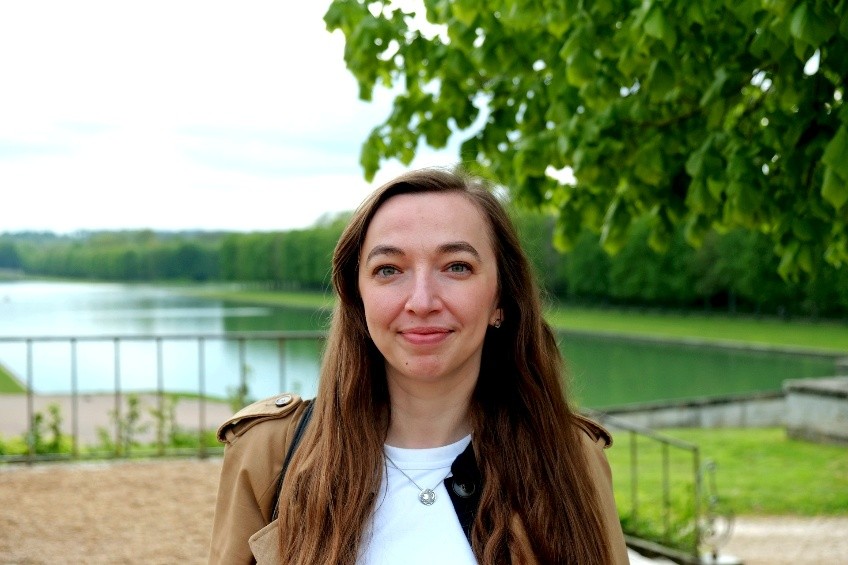
I am a molecular biologist using ancient DNA for reconstructing the genetic history of past populations. The major focus of my research to date has been the application of cutting-edge laboratory methods to some of the most poorly preserved hominin specimens, while maximizing the amounts of their genomic data for downstream analyses.
I am currently a Max Planck Research Group leader at the Max Planck Institute for Evolutionary Anthropology in Leipzig, Germany. My group’s main goal is to reconstruct the fine-scale dynamics of interactions between Neandertals and modern humans while integrating the genomic data of ancient individuals with the data from archaeology, paleoclimate, chronology and palaeoanthropology.
I have been an active member of ESHE from 2015, an elected board member from 2019, a part of the organizing committee of the ESHE 2021 ‘Worldwide’ online meeting, and in the core organizing committee of the ESHE 2024 meeting in Zagreb, Croatia. As a dedicated board member, my foremost commitment is to foster inclusivity and amplify the representation of students and early career researchers in ESHE meetings, particularly those from developing countries. Additionally, I am actively engaged in efforts to bring upcoming ESHE meetings to countries with a rich history of Palaeolithic research that have not yet hosted the event, such as Croatia. Thus, I believe I can continue making a valuable contribution to the society as a board member and I am excited to continue driving forward the development of ESHE in the coming years.
Tracy Kivell
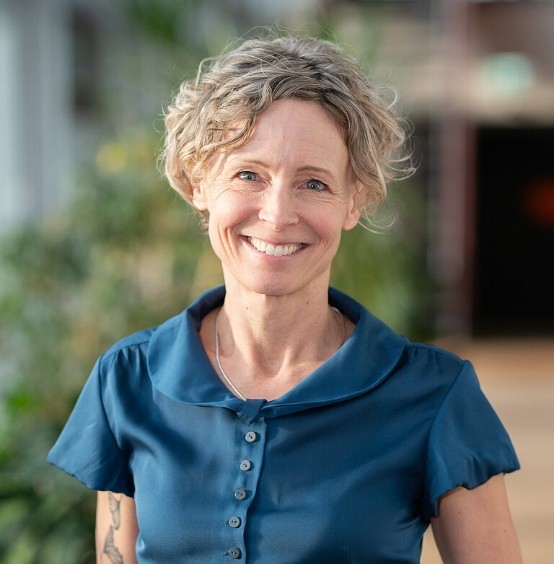
I am a palaeoanthropologist that is interested in the evolution of early hominin (and hominid) locomotion and dexterity. In addition to fieldwork to discover new fossils, I aim to apply broad comparative methods, including the study of wild/zoo-house ape locomotion and manipulation, biomechanics, and the study of internal bone structure to robustly interpret function from bone morphology. I received my PhD in Biological Anthropology from the University of Toronto (Canada) in 2007, completed postdoctoral positions at the Duke University (USA) and the former Department of Human Evolution, Max Planck Institute for Evolutionary Anthropology (MPI-EVA), before taking a permanent Professorship at the University of Kent (UK) from 2013-2022. At Kent, I was the first woman Chair of the School of Anthropology and Conservation in its 60+ year history, led the School’s first successful Athena SWAN Award application, and wrote the ‘off-campus’ Code of Conduct for the University to create a more inclusive and healthy academic environment; a goal that I continue to prioritize. I then returned to MPI-EVA to become Director of the new Department of Human Origins, which opened in February 2023. I have been a member of ESHE since it began in 2011, attending the inaugural meeting in Leipzig and have attended all but two ESHE meetings since this time (and, unfortunately, missing Paris this year). ESHE is my favourite academic conference/society due to the positive, supportive community, its single-session format with high-quality presentations, and support for early career researchers. I have long wanted to contribute to ESHE in a more meaningful way and have greatly appreciated the work of current and previous Board Members. I would be honoured to be part of the ESHE Board moving forward to help continue its success and to further grow the society.
Ana B. Marín-Arroyo
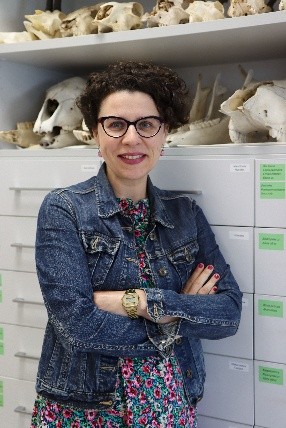
I am a Reader in Prehistory and Director of the EvoAdapta Research Group at the University of Cantabria, Spain. My research focuses on the evolution of human resilience to various climatic and environmental conditions during the Pleistocene and Holocene, with a particular emphasis on subsistence strategies. Currently, I am the Principal Investigator of the SUBSILIENCE ERC project. This project aims to reconstruct how MIS3 climatic oscillations and the arrival of AMH affected Neanderthal decline by analysing the diets of both human species and their subsistence adaptations in key sites located on the Southern European Peninsula.
Between 2015 and 2021, I was an Affiliate Scholar at the McDonald Institute for Archaeological Research at the University of Cambridge. I regularly collaborate with multidisciplinary researchers, as shown in my publications. I have supervised postdoctoral researchers (four funded by the Marie Curie Programme) and directed four PhD dissertations and three ongoing projects. I have published three books and over 140 papers, primarily in JCR journals, and have served as guest editor for three special issues. I actively participate in international scientific meetings and have been a Guest Lecturer at Spanish and European universities. Since 2009, I have been the coordinator and Liaison of the Taphonomy Working Group (TWG) of the International Council for Archaeozoology (ICAZ) to promote international debate on taphonomic aspects in Archaeology with biannual congresses published in JCR journals.
I have been an ESHE member since its foundation, where I regularly participate. As a board member for the last two years, I have helped integrate Palaeolithic cultural research with anthropological evolutionary studies, promoting their integration in ESHE to achieve even greater outcomes. I believe that following this approach, we can stimulate interdisciplinary research in a global world. My aim for the next two years remains in this line, stimulating communication and scientific cooperation between scientists and disseminating it to the general public.
Marta Mirazón Lahr
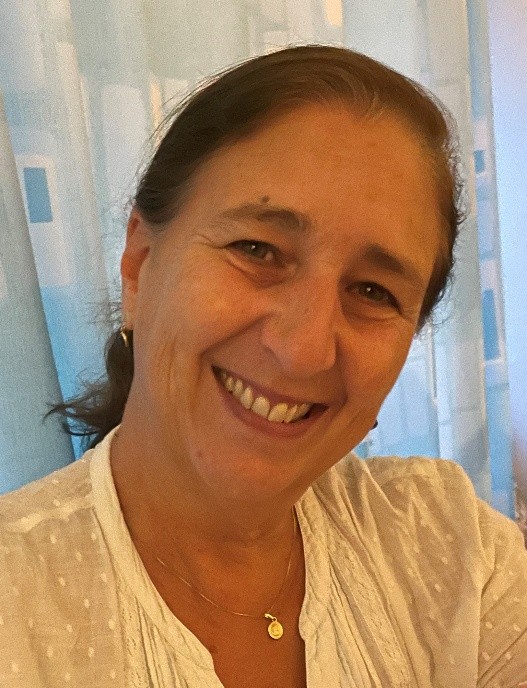
Marta Mirazón Lahr is Professor of Human Evolutionary Biology and Prehistory at the University of Cambridge, and a Fellow of Clare College. She was the Director of the Duckworth Laboratory from 2000 to 2021, and the co-founder of the Leverhulme Centre for Human Evolutionary Studies in Cambridge. Her research has principally been concerned with the origins, evolution and diversity of our species, Homo sapiens. This research has involved a range of disciplines, including human palaeontology, human biology, evolutionary genomics, and Palaeolithic archaeology. She has directed field projects in Brazil, Libya, India and the Solomon Islands. Since 2007, she has been working in East Africa, focusing on the later Quaternary of Kenya through the projects ‘The prehistory of the Kerio Valley and environs’, partly funded by the Leverhulme Trust, the ‘IN-AFRCA Project’, funded by an ERC Advanced Award, and currently through the ‘Ng’ipalajem Project: The evolutionary landscape of modern human origins in Africa’, also funded by the ERC. She has published more than 150 papers, as well as the book The Evolution of Human Diversity (CUP, 1996), and was elected a Fellow of the British Academy in 2025.
Nicole M. Webb
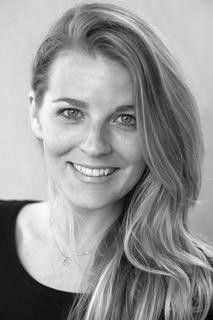
I am an American postdoctoral researcher for the Senckenberg Research Institute and Natural History Museum in Frankfurt, Germany, where I lead a small research group under a Leibniz Collaborative Excellence project entitled “Paleo-obstetrics Understanding via Simulation and Heuristic Artificial Intelligence Tools (PUSH@IT)”. PUSH@IT focuses explicitly on testing the “obstetrical dilemma” hypothesis using fossil, archaeological and modern clinical samples. I utilize a combination of 3D geometric morphometrics, fossil reconstruction and birth simulations paired with machine learning techniques to explore functional trade-offs constraining the hominin pelvis.
I completed my Ph.D. In 2018 with a focus on primate locomotion, through the Graduate Center (City University of New York). During this time, I was trained within the New York Consortium in Evolutionary Primatology (NYCEP) and the American Museum of Natural History in New York City. I have previously taught as an adjunct lecturer for the City University of New York (2011-2017), University of Zürich (2018-2021) and the Eberhard Karls University of Tübingen (2018-2022), and I am currently instructing courses through the Goethe University Frankfurt (2017- present). I have held several additional postdoc positions including those within the Evolutionary Morphology Group at University of Zurich’s Institute of Evolutionary Medicine (2018-2021), where I remain an affiliated researcher, and the Senckenberg Centre for Human Evolution and Palaeoenvironment in Tuebingen (2021-2023).
Since joining ESHE in 2019 and serving on the board since 2021, I have been involved in shaping the Society’s annual meetings. I contributed to the planning of the 2022 and 2023 conferences, including serving on the local organizing committee in Tübingen. As a board member, I’ve actively participated in abstract evaluation, program development, and coordinating childcare support. Most recently, I helped secure additional funding from the Wenner-Gren Foundation to expand childcare vouchers and travel grants for the 2024 meeting in Croatia.
If re-elected, I will continue championing initiatives that lower barriers to participation, particularly for early-career researchers and members facing financial challenges. I also remain committed to serving as an informal liaison, proactively representing and amplifying the concerns of our community. It has been a privilege to serve on the ESHE board, and I look forward to the opportunity to continue advancing our shared goals in the years ahead.
Gerhard Weber
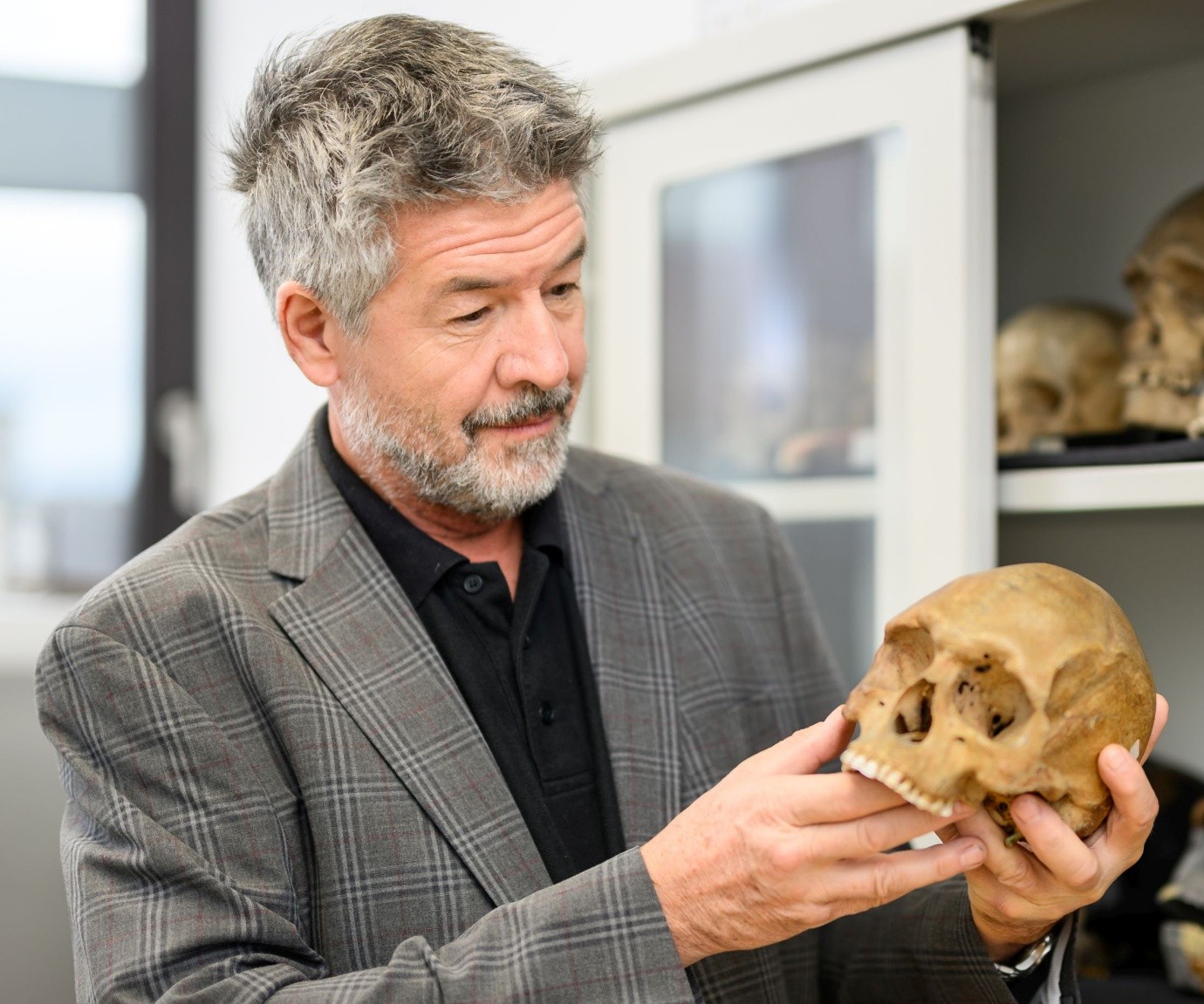
I am professor of Anthropology and head of the Department of Evolutionary Anthropology, University of Vienna. I founded and am leading the workgroup Virtual Anthropology, and I’m director of the Vienna Micro-CT Lab, both at the same university. My research activities centre on the evolution, growth and development of humans, their ancestors, and their closest relatives. We did some pioneering work in image processing, 3D shape and form analysis, and reconstruction of virtual specimens in the last two decades. Currently we work on hominid dental variability, the evolution of early modern humans and Neanderthals, and the transfer of our technology into other areas such as archaeology and orthodontics.
I was founding member of the ESHE in 2010, acted as Board Member between 2011-2017, and as Board Officer between 2017-2023 (Treasurer). I remain enthusiastic about the idea of a strong, independent European human evolution society and can imagine contributing to the Board again.
Frido Welker
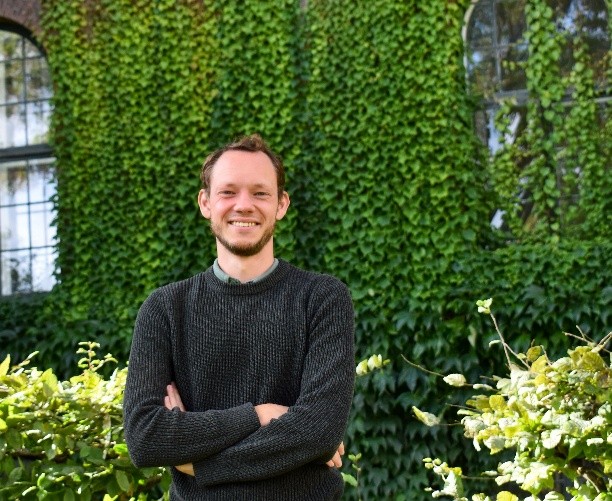
I conducted my PhD at the Max Planck Institute for Evolutionary Anthropology (Leipzig, Germany) between 2013 and 2016. After staying for an additional year as a postdoctoral researcher, I moved to the University of Copenhagen (Denmark), first as a postdoc and followed by a Marie Skłodowska-Curie Individual Fellowship. Since 2020, I have led a research group focusing on skeletal palaeoproteomics applied to Middle and Late Pleistocene contexts. My research interests are to explore the contributions ancient protein analysis, and that of associated molecules, can make in a variety of archaeological and palaeoanthropological research contexts, from phylogenetic questions on hominin evolution to behavioural interpretations of their day-to-day lives.
I have been an active member of ESHE since my PhD, and find the annual ESHE conferences a yearly academic highlight. As regular board member, I will dedicate my time to ensure ESHE reflects the interdisciplinary nature of our research field, including aspects related to (online) accessibility and promoting diversity represented in the conference presentations.
Manuel Will
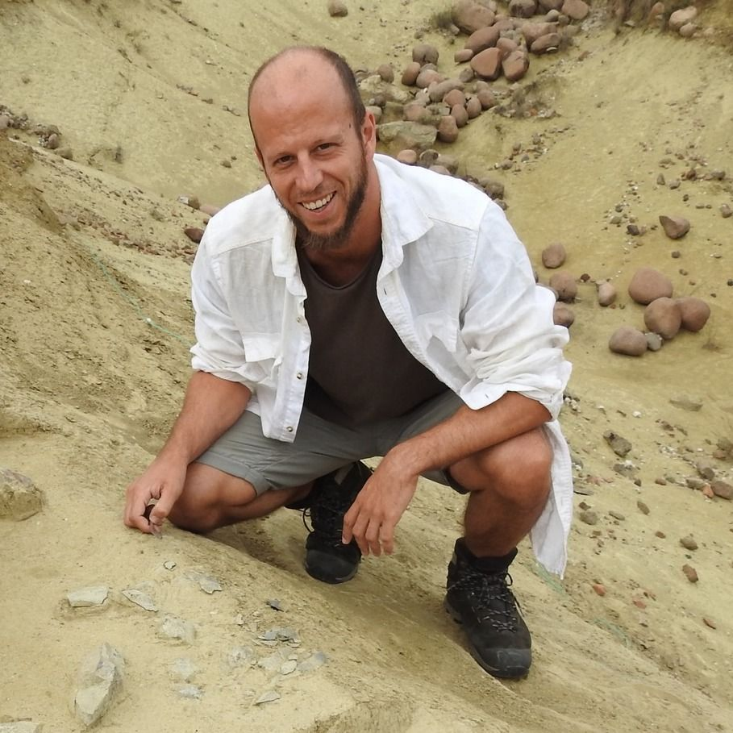
I am a Palaeolithic archaeologist, currently working as a lecturer at the University of Tübingen in Germany. My research focuses on diverse aspects of the cultural, behavioural and biological evolution of our genus and species in Africa and their dispersal to the rest of the world. My main expertise concerns the analysis of lithic assemblages from the Middle Stone Age of Africa to study the cultural evolution and behavioural adaptations of early Homo sapiens. I have been a member of ESHE since 2013 and an elected board member since 2023. In my role as board member, I have been in charge of the social media communications and part of the poster prize committees.
Regarding the Society, I particularly appreciate its interdisciplinary scope and the diverse membership consisting of researchers around the globe and on different professional levels, from undergraduate students to retired professors. I want to be re-elected as a board member as I believe in a strong voice for Europe in science and human evolutionary research, want to continue my active involvement and further develop the strengths and outreach of the Society. As a past and potential future board member, I am committed to three more specific points: i.) a strong voice for global Palaeolithic archaeology; ii.) representing early to mid-career researchers within the ESHE organisation; iii.) acting as a bridge between European and Africanist researchers in the general field of human evolution.